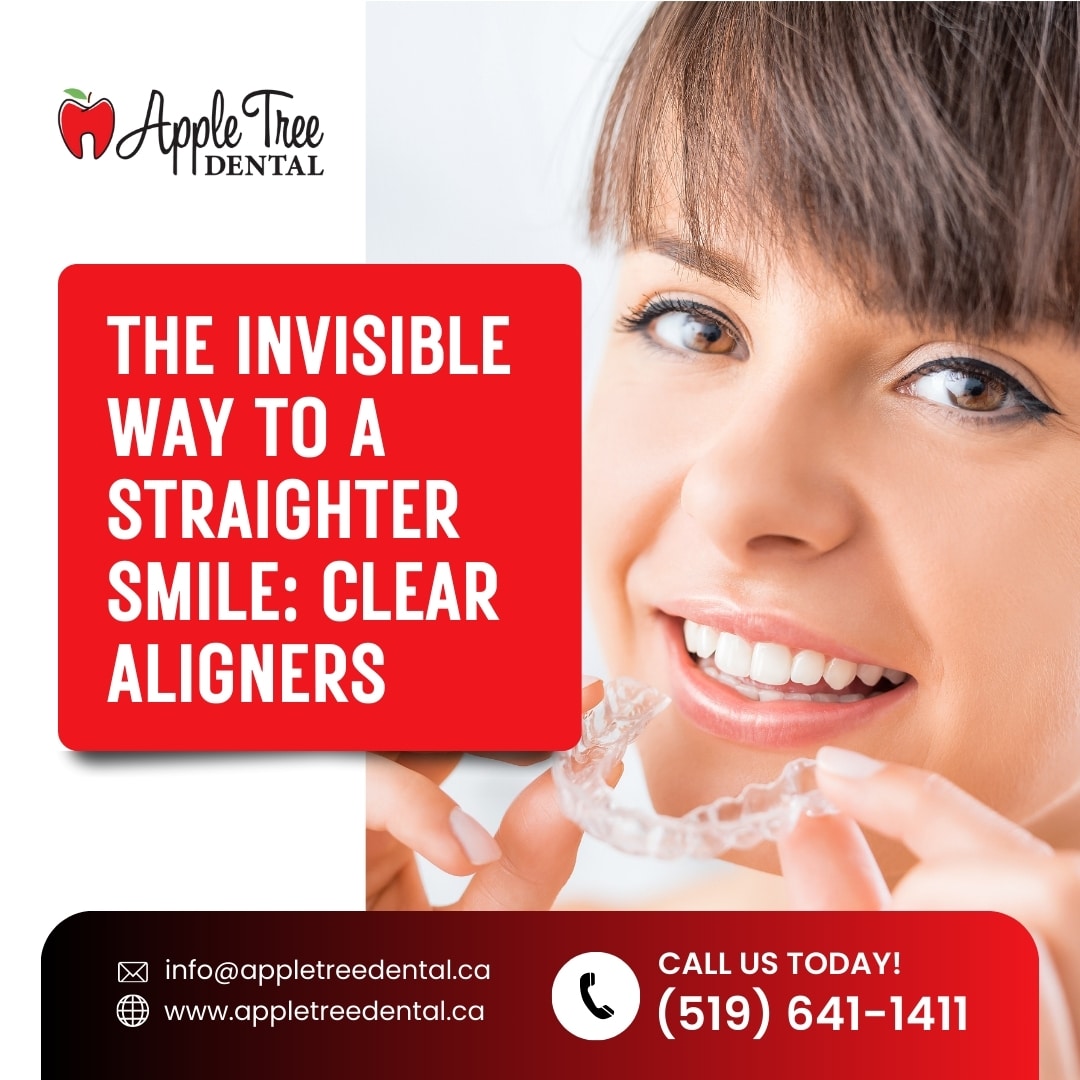Dental Hygiene for Toddlers
Blog
Dental Hygiene for Toddlers
Introduction:
We have compiled this article on “Dental Hygiene for Toddlers.” The reference links are at the bottom of the article.
Early practices of dental hygiene for babies and toddlers is crucial. The American Academy of Pediatric Dentistry recommends that infants see a pediatric dentist within 6 months of getting their first tooth or by their first birthday. After the first visit, the dentist will recommend a regular visits based on the oral care needs of the child.
Birth To 6 Months Of Age:
- Practicing healthy oral habits can help in the prevention or reduction of tooth decay in infants and children.
- Clean your infants gums after each feeding
- Wrap a cool wet washcloth around the index finger and gently massage the gum tissues.
- Do not put your baby to bed with a bottle or prop it in their mouth.
- Teething may begin around 4-6 months of age.
6 To 12 Months Of Age:
- The first tooth may appear between 6-9 months of age.
- Once the first tooth erupts, start using a soft, rounded bristle child sized toothbrush with water only to clean the gums and teeth.
- Brush the teeth twice a day- morning and night
- Be familiar with the normal appearance of the teeth and gums. If you notice any white or brown spots on the teeth schedule an appointment with the dentist.
18 Months To Age 5:
At the age of 2, you may introduce fluoridated toothpaste. Apply a smear to pea-sized amount of toothpaste on the brush. There are special low –fluoride toothpaste specially developed for young children.
- Teach your child to spit out the toothpaste after brushing
- Store the toothpaste out of the child’s reach. Some children love the taste and if given the opportunity will eat the toothpaste
- Begin to teach children how to brush their own teeth. Most children will need help because they will not have the hand coordination to brush effectively.
- Use a circular motion to clean the front surfaces of the teeth and gums.
- Brush the biting and grinding surfaces of the teeth with a gentle back and forth motion.
- Aim to brush the teeth for a total on 2 minutes
- Flossing can be started. Flossing can be done daily or at least twice a week.
- Slide the floss between the teeth, and gently work it up and down against the surfaces of the teeth.
- If you find flossing difficult at this age, ask your dentist to show you how to do it.
- Consult with the dentist if your child is regularly sucks fingers, thumb or pacifier after the age of 3.
5 To 8 Years Of Age:
- Your child should brush twice daily
- Use a pea-sized amount of fluoride toothpaste
- Daily flossing to prevent tooth decay between the teeth
- Dental sealants are recommend around the age of five or six
- Schedule dental check ups every 6 months
8 To 10 Years Of Age:
- Brush twice daily
- Floss daily
- Ask your dentist if an evaluation by an orthodontist is needed. Some children experience crowding or irregularities with the way the permanent teeth are positioned in the mouth.
How To Clean Your Child’s Mouth
Before and after the teeth come in, clean your child’s mouth after each feeding or at least twice at day (Picture 2).
Before and after the teeth come in, clean your child’s mouth after each feeding or at least twice a day. Place your child in a position that is comfortable for both of you
Before teeth come in, use a clean gauze pad or soft cloth over your finger. Dip the gauze in water so it is damp, but not soaking wet. Wipe your child’s teeth and gums gently.
When your child’s teeth start coming in, begin to use a small, soft toothbrush. Place the head (bristles) of the toothbrush at an angle along a row of teeth and against the gum line. Brush gently in circular motions. Brushing back and forth can hurt the gums and teeth. Do all sides of the teeth.
Finish By Brushing The Tongue With The Toothbrush.
All children should use fluoride toothpaste as soon as the first tooth comes in. For children younger than 3, use about the size of a grain of rice. For children age 3 and older, use a pea-size amount (Picture 3). They should try to spit out the toothpaste, but it is safe to swallow these small amounts if your child does not spit yet.
Children can start to learn to can brush their own teeth at age 2. By age 10, they should be able to do it alone. You start to teach them by having them watch you brush your teeth first.
Other Things To Do To Prevent Tooth Decay
Be careful that your child is not eating or drinking frequently throughout the day. Each time your child drinks or eats something, within 20 minutes, the sugar in it is changed into an acid.
- Use a bottle at feeding time only. Do not use a bottle or breastfeeding as a pacifier.
- Do not put your baby to bed with a bottle of formula or breastmilk.
- If your baby falls asleep while breastfeeding, remove breast from their mouth.
- Once the first tooth appears, avoid night feedings and frequent, on demand feedings.
- Wean your baby from a bottle to a cup by 12 months of age.
- After your child turns one, if thirsty, they can sip water at any time during the day. Do not give them other things to drink, except at meals.
Fluoride
Fluoride makes teeth stronger and helps protect them from tooth decay. After your child’s first tooth appears, the dentist or dental hygienist may put a coat of fluoride on their teeth.
Diet
Do not give a child under age one sugary drinks, juice or water. Give only breastmilk or formula. Do not add sugars, like honey, to drinks.
After 12 months, offer water between meals. Do not give other things to drink except at meals. Rinse the mouth with water after eating anything sugary. Children can occasionally have 4 ounces of 100% juice at a meal. Be sure that you are not giving juice drinks.
Avoid giving gummy snacks and foods that can stick and stay on teeth for a long time.
As your child gets older, offer more raw, crunchy fruits and vegetables, cheese and yogurt for snacks. Limit starchy soft foods that can stick to teeth.
Teething
To help make your child feel better, sometimes it helps to gently rub their gums with a clean finger or give them a clean, cold object to chew on, like a teething ring.
Your child may drool more, be fussy and have a low fever for one to two days.
Conclusion:
Thank you for reading this article, and check back frequently for other dental health articles. Should you have any questions, please contact Apple Tree Dental today!
Article Compiled by Apple Tree Dental.







